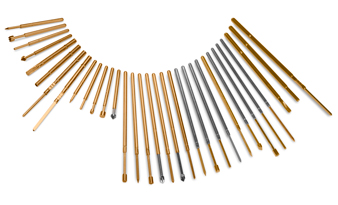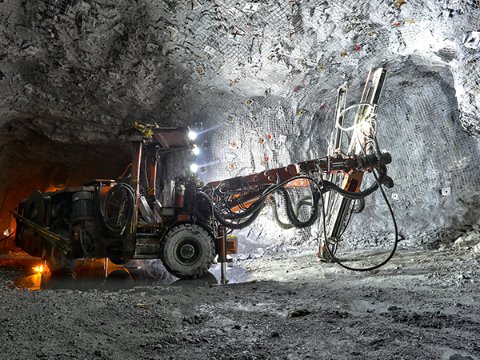- S-1, SS-75, S-075, ICT-075, ICT-075 Lead Free, S-075 Rotator and ICT-L075 Series probes and receptacles
- 3 A current rating
- Spring force options between 2.00 and 10.00 oz.
- ≤ 1.460" (37.08 mm) overall lengths
- IDI Spring Probe technology
- Lead Free probe design is based on the ICT probes.
- The plunger material, plating and tip geometry have been optimized to provide less wear and contamination build-up while using a moderate spring force of 7 to 8 ounces.
- Rotator probes, ideal for non-clean and lead-free applications, rotate 90° at the rated travel, virtually drilling through contaminants with a low spring force.
| Probe | Probe OAL |
Max Travel |
Mating Receptacle |
|---|---|---|---|
| S-1 Series |
0.670 (17.02) |
0.100 (2.54) |
R-1 Series |
| SS-75 Series |
0.620 (15.75) |
0.050 (1.27) |
R-1 Series |
| S-075 Series |
1.310 (33.27) |
0.250 (6.35) |
R-075 Series |
| ICT-075 Series | 1.310 (33.27) |
0.250 (6.35) |
R-075 Series |
| ICT-075 Lead Free Series |
1.310 (33.27) |
0.250 (6.35) |
R-075 Series |
| S-075 Rotator Series |
1.310 (33.27) |
0.225 (5.72) |
R-075 Series |
| ICT-L075 Series |
1.460 (37.08) |
0.400 (10.16) |
R-075 Series |
Dimensions are in inches (mm) | All specifications are subject to change.






